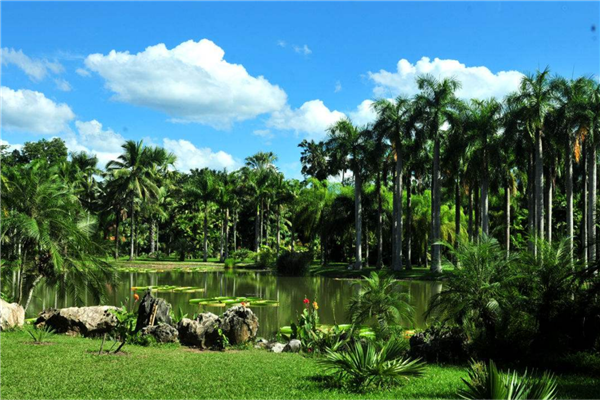The world is filled with breathtaking landmarks that speak of the rich cultural history of civilizations that have inhabited the earth. Among these landmarks are the famous UNESCO heritage sites, which are preserved to honor the human ability to create incredible designs, historical narratives, and architectural marvels that represent a particular country’s cultural heritage. These sites are not only beautiful and intriguing to explore, but also have great significance as they embody the history and culture of the countries they are located in.
Let’s take a closer look at the seven most fascinating UNESCO heritage sites, exploring their beauty and significance in great detail.
1. The Great Wall of China: The Great Wall of China is without a doubt, one of the most impressive defense structures of ancient times. The wall was built to protect the northern borders of China from invasion by tribes in what is now Mongolia and Russia. The Great Wall stretches over 8,000 kilometers, and each section is rich in history and breathtaking scenery. It’s no wonder that the Great Wall is one of the Seven Wonders of the Medieval World, as it embodies the strength and resilience of Chinese culture.
2. The Taj Mahal: The Taj Mahal, located in Agra, India, is one of the most beautiful structures ever built. The mausoleum was built to honor the late wife of Emperor Shah Jahan, Mumtaz Mahal, and it took over 20 years to complete. The Taj Mahal is not only a masterpiece of architecture but also a symbol of love and romance. It’s hard not to be moved by the beauty of the Taj Mahal, with its intricate artistic designs and stunning reflective pool.
3. The Pyramids of Egypt: The Pyramids of Egypt are some of the most ancient and well-preserved structures ever built. The pyramids have survived the test of time due to their unique design and robust structure, and they’ve created intrigue and mystery over the centuries. The reason for the construction of these pyramids is still unknown today, although it’s believed that they were used for religious or royal purposes. The pyramids attract millions of visitors worldwide, eager to unravel the secrets embedded within their stones.
4. Machu Picchu: Machu Picchu is located in the Andes Mountains of Peru and is an incredible architectural feat built by the Incas. Machu Picchu is considered the “Lost City of the Incas” because it was hidden from the Western world until the early 20th century. The ruins are evidence of the sophisticated engineering skills of the Incas, who created terraces, temples, and aqueducts using stone tools and human power. The scenery surrounding Machu Picchu is also breathtaking, with breathtaking mountain views and cloud forests.
5. The Colosseum: The Colosseum is a magnificent structure in Rome, Italy, famous all over the world for its historical significance and innovative design. This amphitheater was built by Emperor Vespasian in 72 AD, specifically for the purpose of hosting gladiator fights and other entertainments. The Colosseum is a symbol of the grandeur of the ancient Roman Empire and an example of their advanced engineering skills. Today, the Colosseum remains one of Rome’s most popular tourist destinations.
6. Angkor Wat: The Angkor Wat temple complex is the largest religious monument in the world, located in Cambodia. This magnificent structure was built by the Khmer King Suryavarman II in the 12th century and is known for its intricate carvings and architectural design. Angkor Wat played a significant role in the religious beliefs and political power of the Khmer Empire, making it a vital symbol of Cambodian culture.
7. Easter Island: Easter Island is known for its mysterious statues, known as Moai, which were crafted by the ancient Rapa Nui people. The island is located in the Pacific Ocean, and the Moai were believed to be a symbol of the ancestry of the Rapa Nui people. The Moai are massive statues, reaching up to 20 feet in height and weighing up to 75 tons. These statues are a testament to the ingenuity and artistic abilities of the Rapa Nui people.
In conclusion, the seven UNESCO heritage sites explored above are marvelous works of art, architecture, and history that remain embedded in the hearts of people worldwide. These sites represent the hard work and dedication of people from different cultures and times, and are a testament to the beauty of human creativity and ingenuity. Any visit to these places will arouse wonder, admiration, and appreciation for the diversity of cultures that exist around the world.
(Note: Do you have knowledge or insights to share? Unlock new opportunities and expand your reach by joining our authors team. Click Registration to join us and share your expertise with our readers.)
Speech tips:
Please note that any statements involving politics will not be approved.
